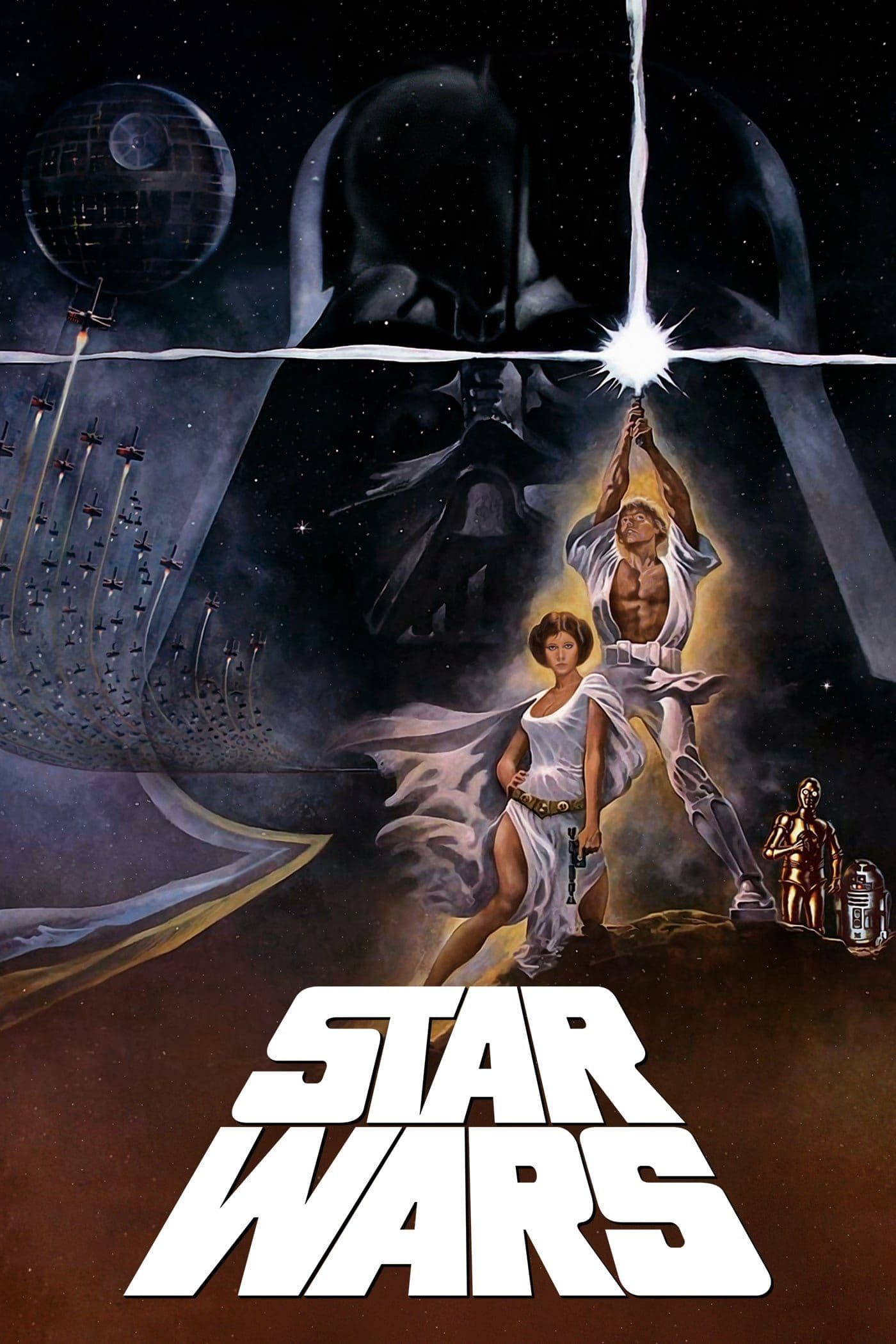
Star Wars
1977
Rate this movie
Average: 4.00 / 5
(1 votes)
Director
No offense to the fanatical philologists of the Lucas saga if we prefer to file this film under its original title of Star Wars, and not "Episode IV, A New Hope" as the new canon would have it, but we simply cannot tolerate the defacing of the title of a film of this caliber for new Production reasons due to the prequel trilogy. The attempt at authorial revisionism, however legitimate from the perspective of a "demiurge director," clashes here with the solidity of a work that, due to its disruptive cultural force, has now escaped the control of its creator, rooting itself in the collective imagination with the purity of its first, epiphanic appearance.
For the hardcore fans of the saga, this film will forever remain philologically "Star Wars," and thus, very humbly, it is and will be for us too.
What can be said about this film? It undoubtedly had the undisputed merit of elevating science fiction to a mainstream genre, shifting capital and investments to works previously considered niche, or certainly not monetizable. Where science fiction was often relegated to gloomy dystopian warnings or cold scientific speculations, Lucas infused a massive dose of epic romanticism and adventure, skillfully blending elements from Westerns, samurai films (Kurosawa's influence is palpable in the figure of the Jedi and the duels), classic fairy tales, and even war melodramas. This syncretic genius allowed the genre to transcend its traditional boundaries, reaching a universal audience.
With Star Wars, the phenomenon of mass adoration of a parallel world began, a world made of creatures and stories that entered the collective imagination, creating anticipation and expectation regarding the unfolding of the narrative. It was not just a film, but the genesis of a new mythology for a secular age, a narrative archetype that drew directly from the primordial well of Joseph Campbell's theorized "Hero's Journey." Fascinated by Campbell's work, Lucas was able to distill universal elements – the call to adventure, the wise mentor, the initiation trial, the dark side – and re-propose them within a futuristic framework that, paradoxically, felt more "lived-in" and tangible than many immaculate astrotechnologies of the time.
Lucas had the merit of assembling a team of experts, bringing together disparate skills to create from scratch a lysergic journey through worlds facing the drift of human knowledge. In particular, the founding of Industrial Light & Magic (ILM) proved to be an act of pure genius. In an era dominated by traditional optical effects, ILM revolutionized cinema with pioneering techniques of motion control, highly detailed miniatures, and a philosophy that prioritized imperfection and a "lived-in" look over aseptic cleanliness. This approach, which featured smoke-stained starships and dented droids, conferred unprecedented visual veracity on the Star Wars universe, inviting the viewer to believe not only in the story, but in the very existence of those distant worlds.
Poised between fantasy and fairy tale, Lucas essentially created a new language. A code consisting of images, sounds, words, creatures, music (John Williams' soundtrack would become a kind of collective mantra, a marching tune tattooed into the DNA of every human being). His compositions, with their unforgettable leitmotifs for characters and places, are not a mere accompaniment, but an additional emotional narrative that elevates every scene, from the most intimate duel to the grandest space battle, to the rank of operatic myth.
A spaceship is captured by an enormous Star Destroyer commanded by Darth Vader himself, the Emperor's right-hand man who controls the galaxy's fate, after having swept away the ancient Galactic Republic and established a totalitarian monarchical regime. On board the ship travels Princess Leia, loyal to the Rebel Alliance, the only organization faithful to the old Republic fighting against the repressive order established by the Emperor. Seeing herself without escape, she entrusts the plans for the construction of the Death Star, an enormous imperial battle station under construction, to two of her droids, sending them to the planet Tatooine in search of old Obi-Wan Kenobi, an ancient member of the Jedi Knights order, a lineage of warriors loyal to the Republic now disbanded. The two droids, after a series of adventures, will reach Obi-Wan with the help of his nephew Luke, the young man destined to embody the archetype of the hero who discovers his true nature and destiny. The two, along with the droids, will set off in search of Leia, with the help of a smuggler named Han Solo, who agrees to help them for money—a cynical figure who, through contact with the ideal, will complete his personal journey of redemption. Luke will learn that Obi-Wan was Darth Vader's master, he too belonging to the Jedi order before crossing over to the dark side of the Force, swayed by the Emperor. The concept of the Force—not simple magic but a cosmic energy that binds all things, with its duality of light and darkness—adds a profound spiritual dimension, transforming the political struggle into a metaphysical battle for universal balance. Thus begins the battle to destroy the Death Star and deprive the Emperor of a terrible weapon of mass destruction.
Memorable scenes pepper this film and rightfully enter all our imaginations, creating a new iconographic repertoire that resurfaces with the vividness of a classic fairy tale. The lightsaber duel between Obi-Wan and Darth Vader—more a ritualistic cloak-and-dagger duel than an acrobatic clash—which marks the passing of the torch and the loss of innocence; the Mos Eisley cantina and its intergalactic jazz band, a teeming microcosm of alien diversity that shows, without need for explanation, the richness and danger of the galaxy; the appearance of Jabba the Hutt and his enormous, slimy body, a premonition of the sordid criminal underworld; the battle around the Death Star between X-Wings and TIE Fighters, a triumph of model-making and visual effects that rewrote the rules of space action cinema, catapulting the viewer into the heart of the conflict.
Star Wars is ultimately that hidden side in all of us that resurfaces as soon as we find ourselves smiling at something that fills us with wonder: an admirable design, an odd invention, a novel that enthralls us. It is the rediscovery of childlike wonder, the distant echo of a chivalrous epic dressed in science fiction, which in post-Vietnam and post-Watergate America answered a deep need for untarnished heroes and a universe where good and evil, however complex, were still recognizable. Star Wars is pure wonder for our intellect, but above all a balm for the soul, a call to the eternal spirit of adventure that resides within each of us.
Country
Gallery

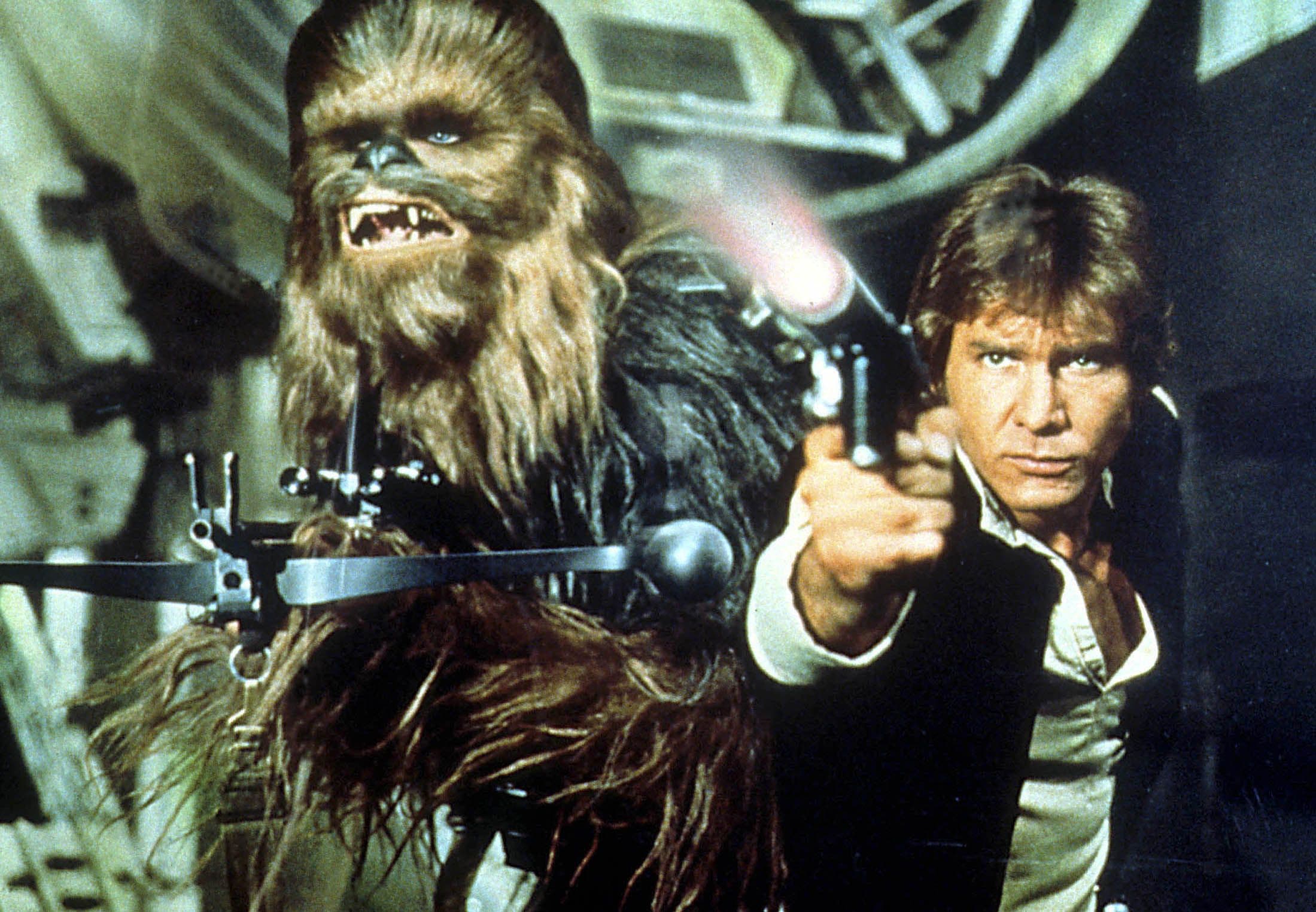
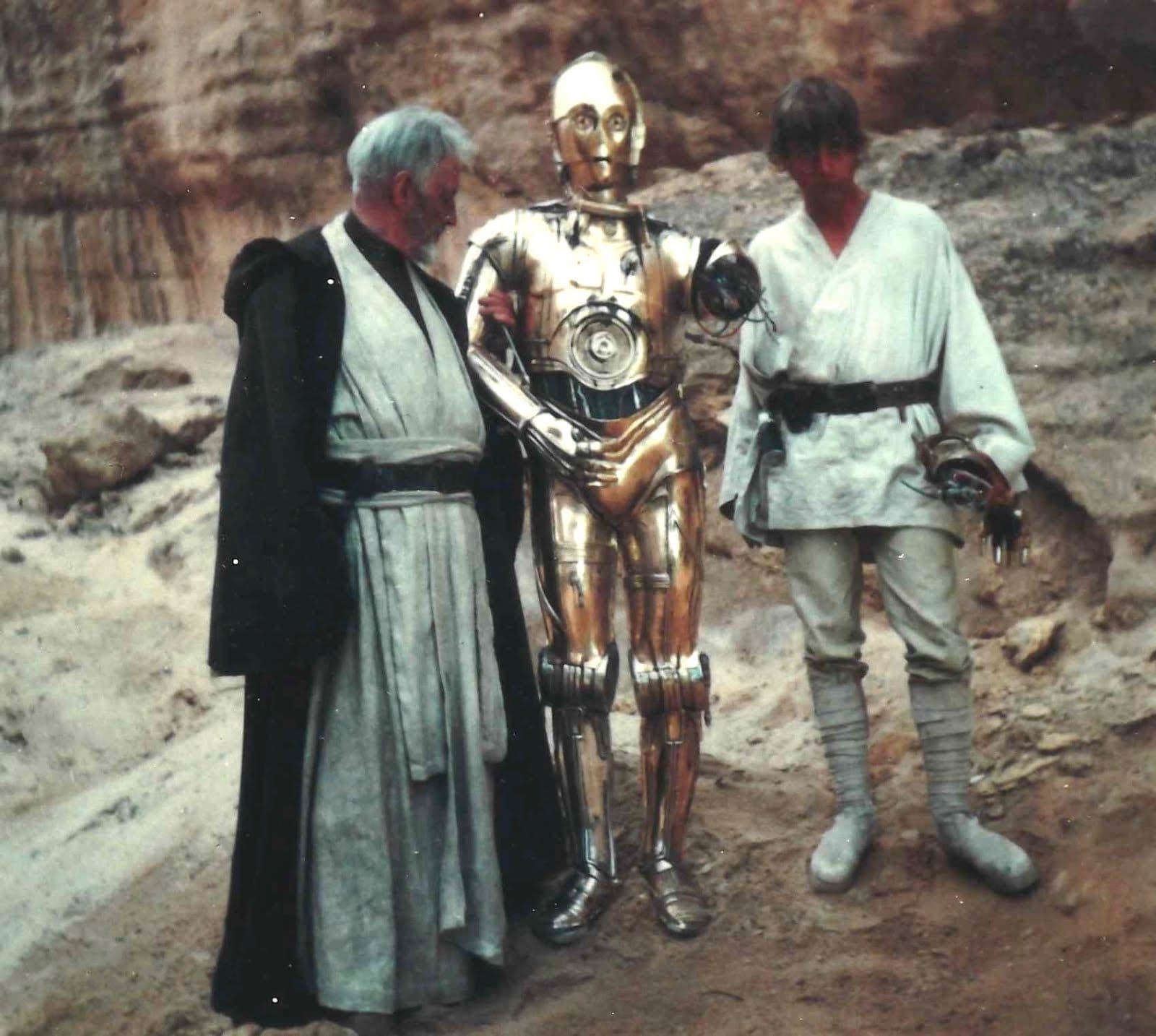
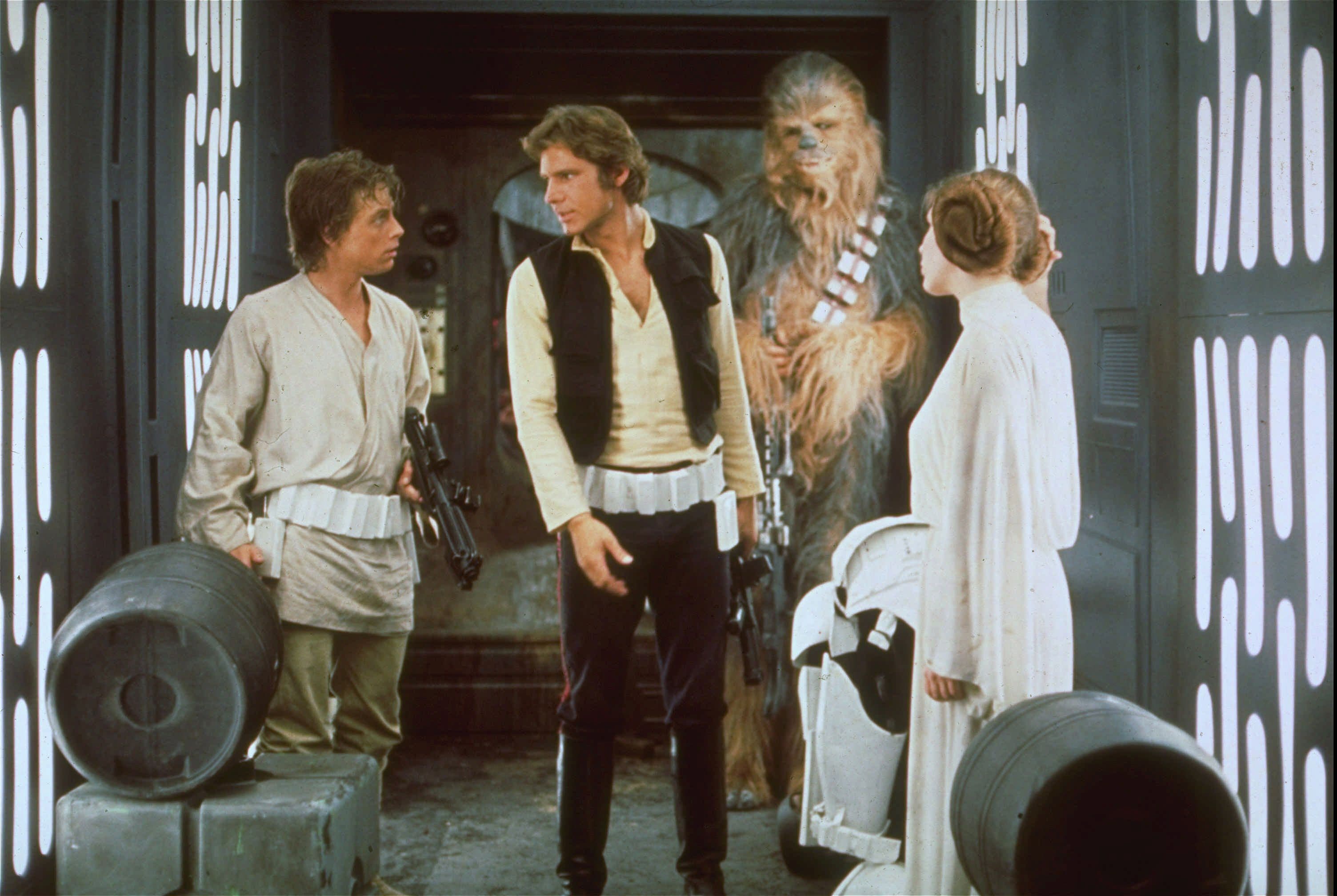
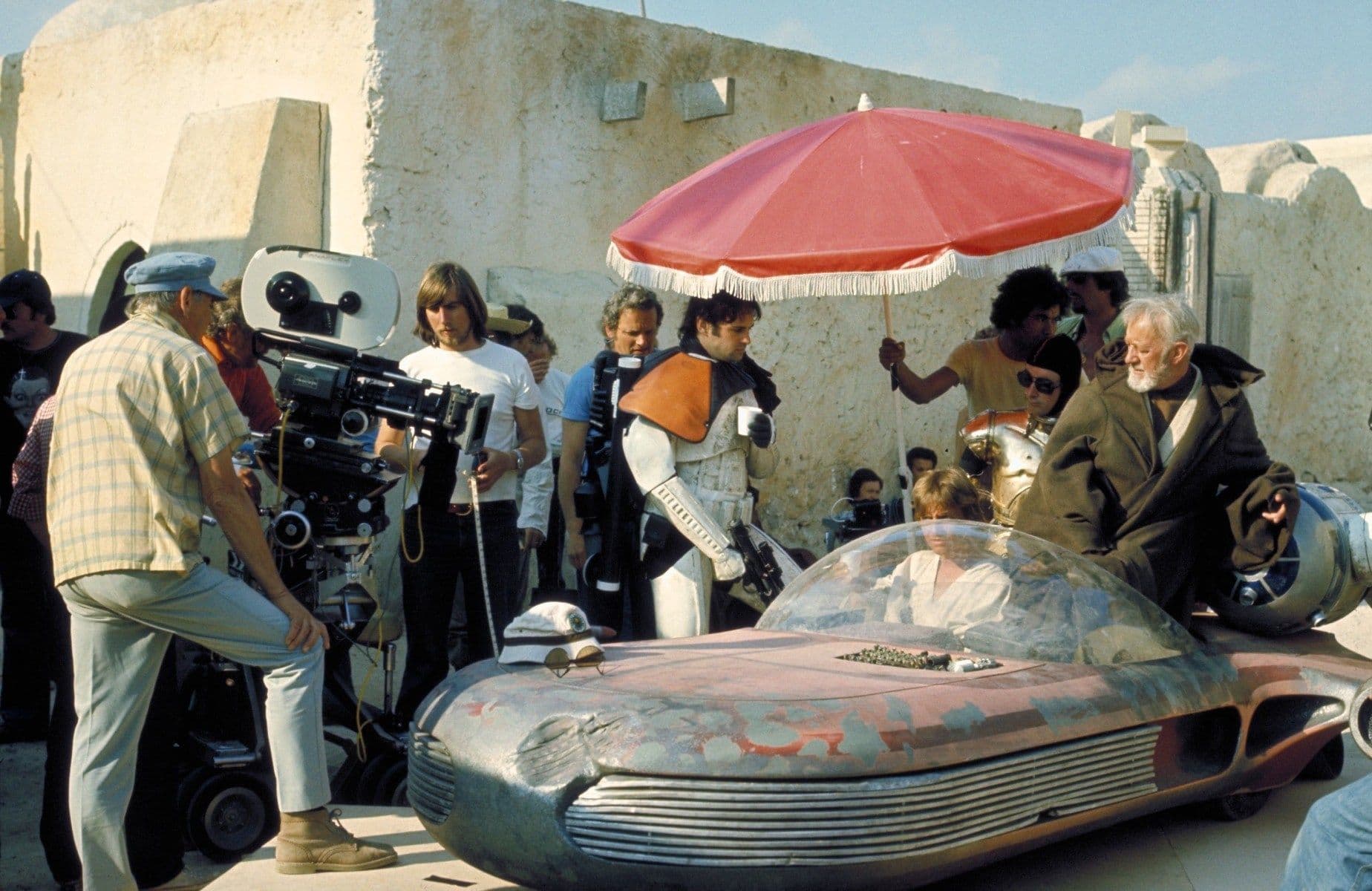
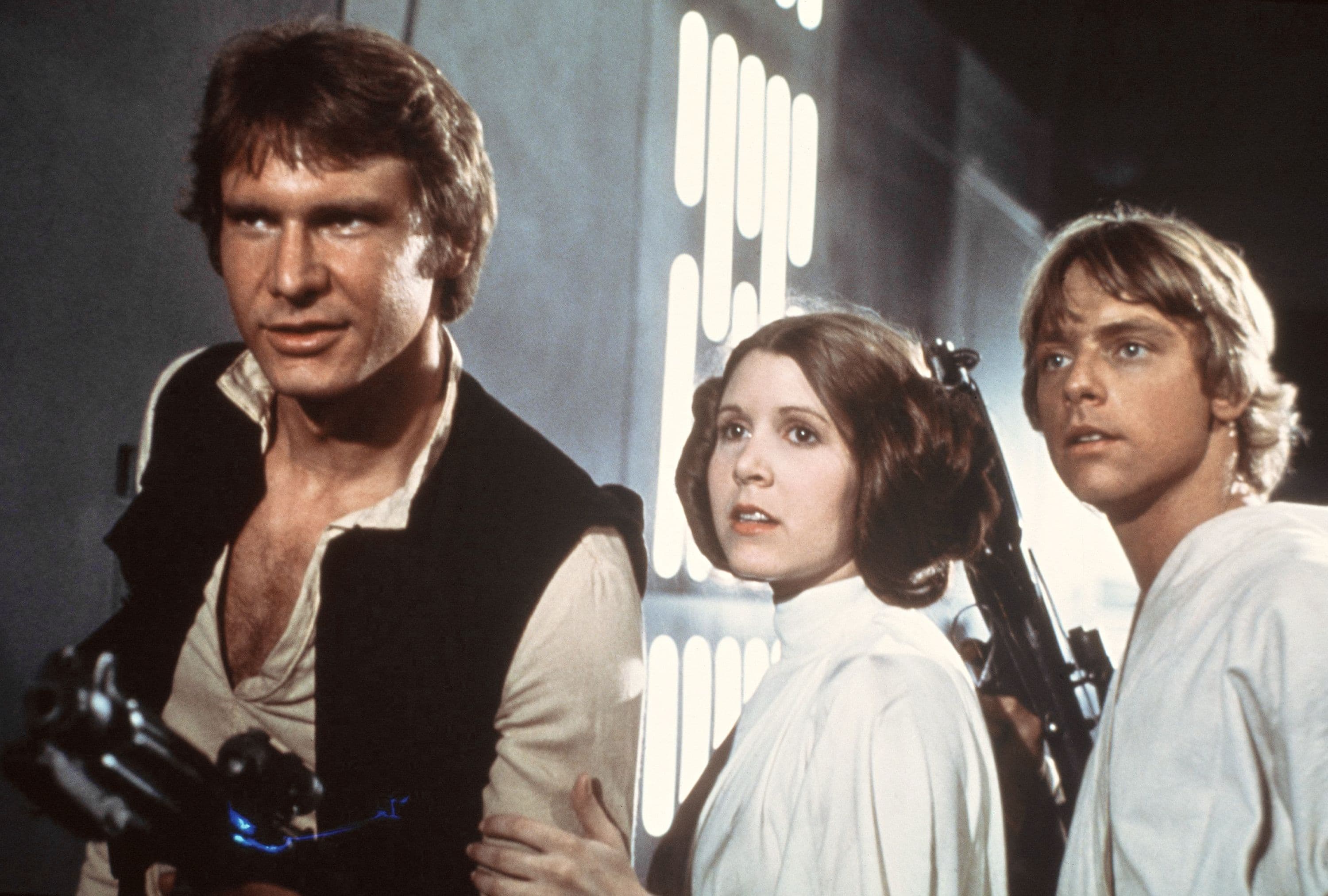



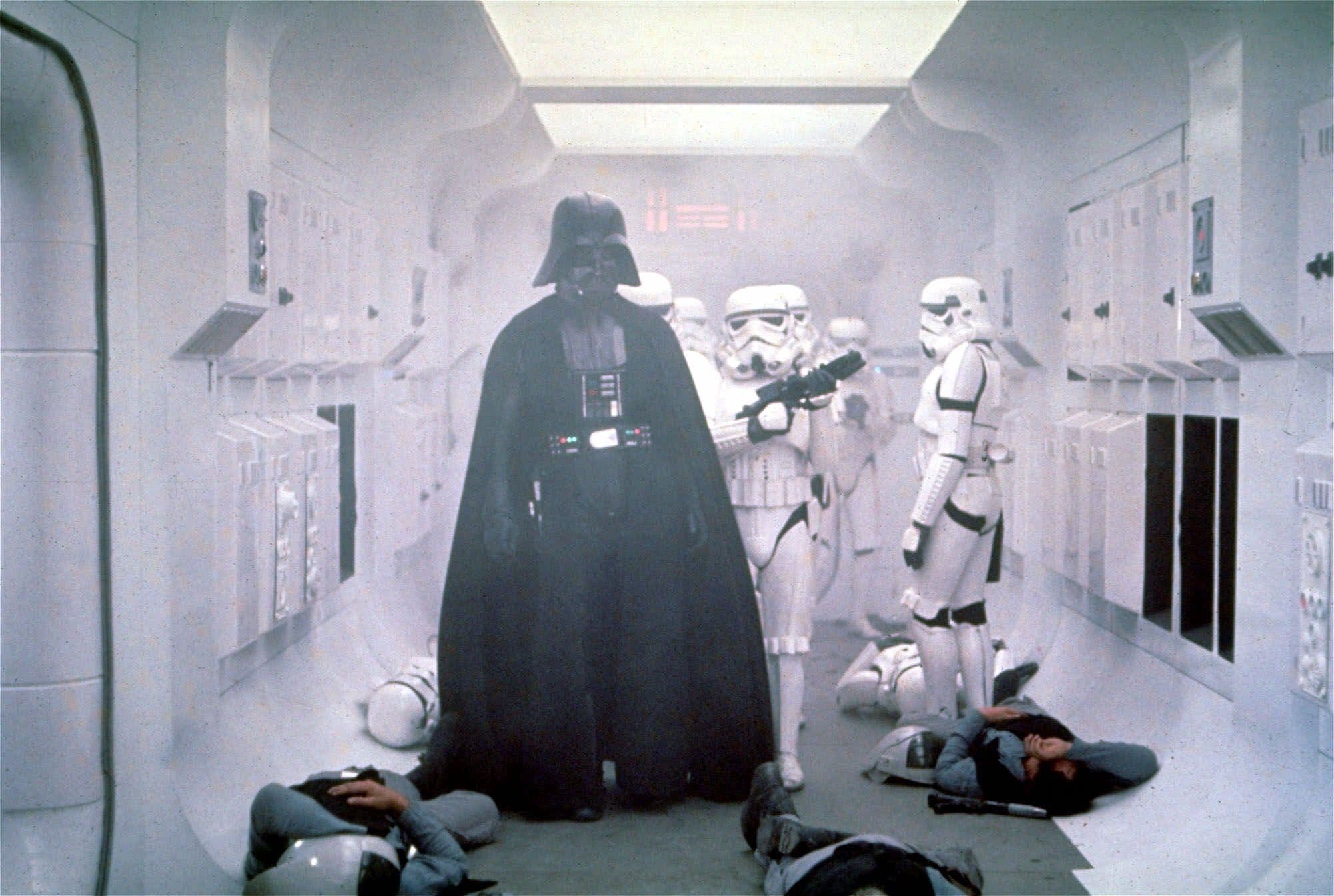
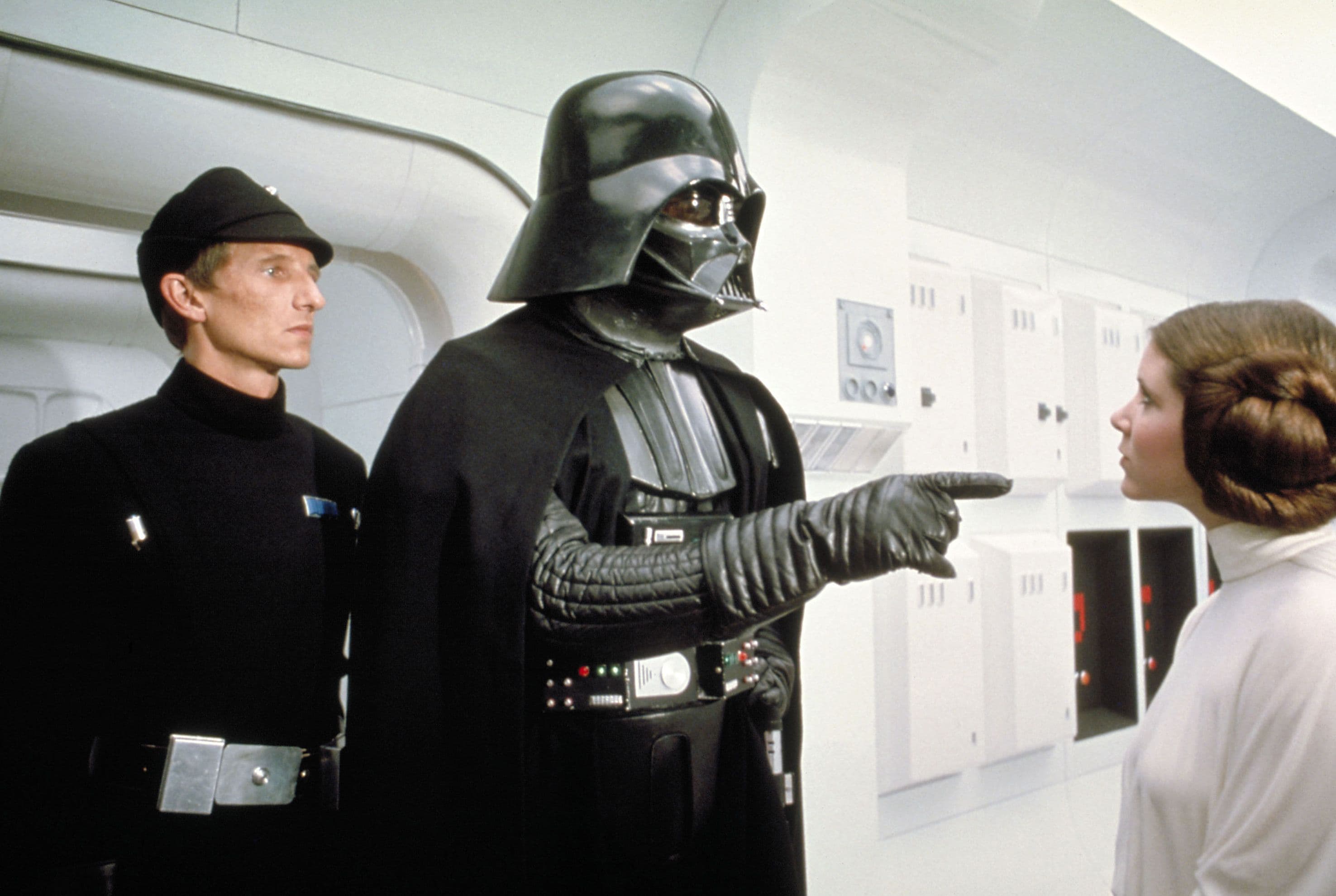

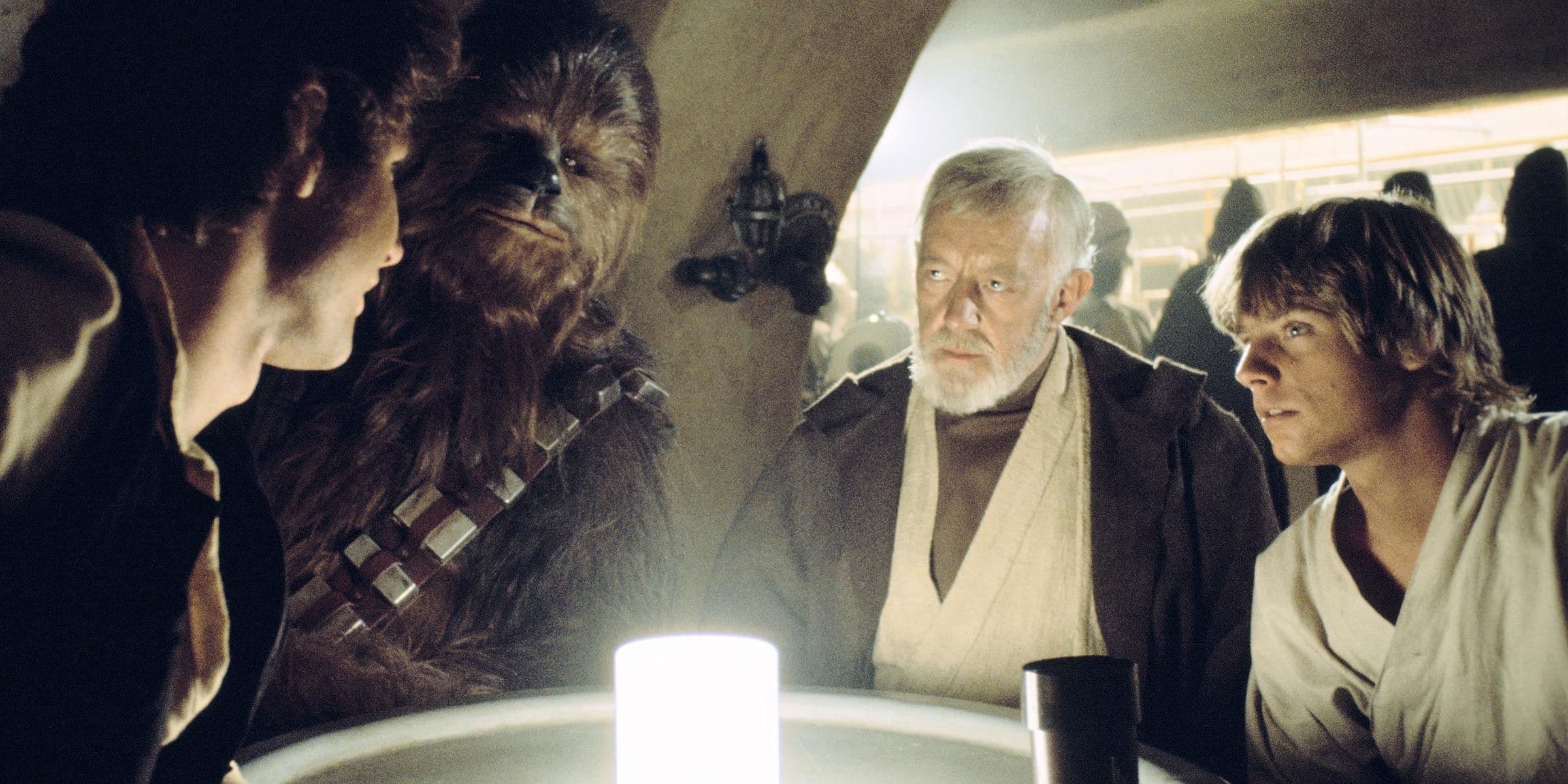
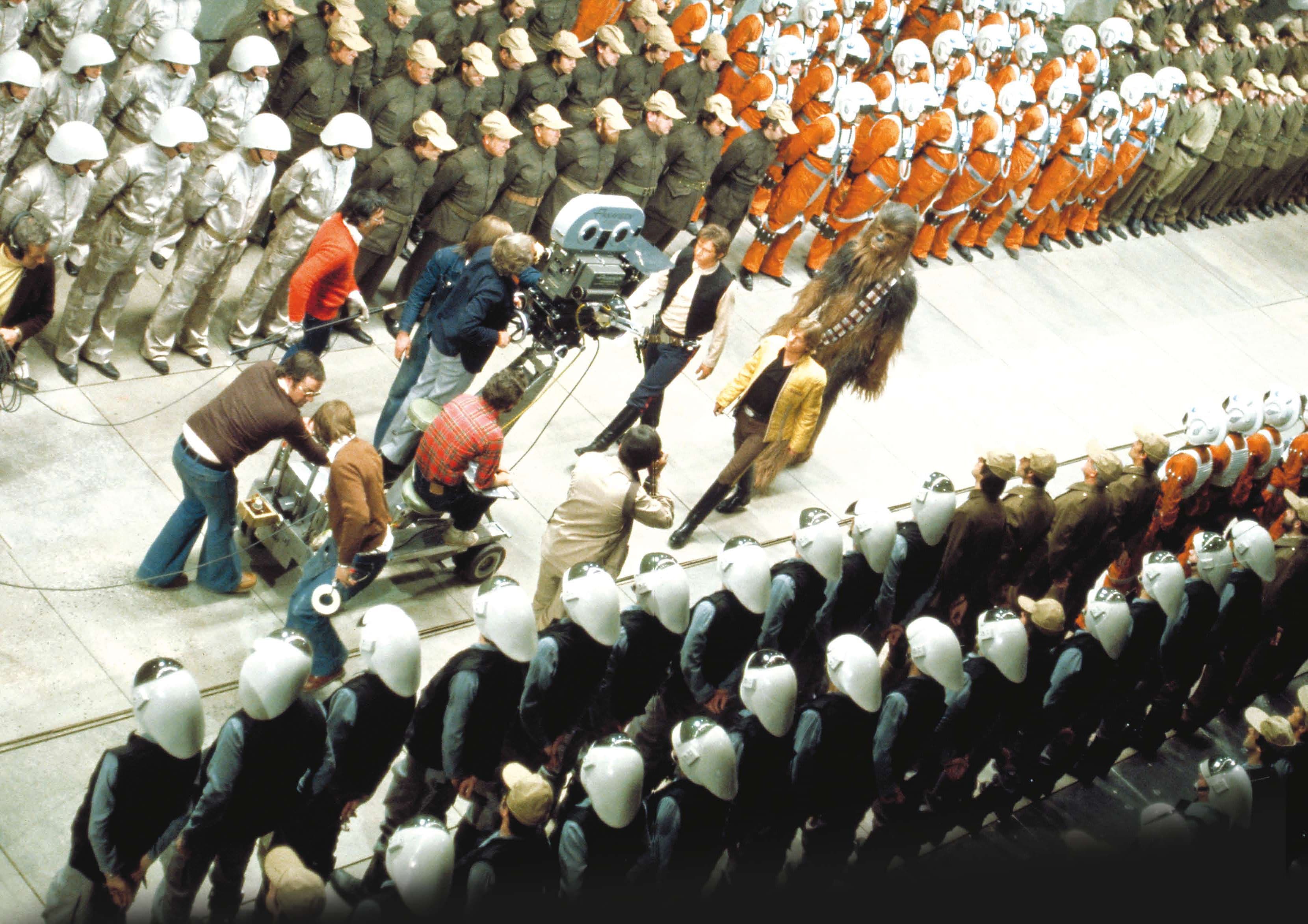



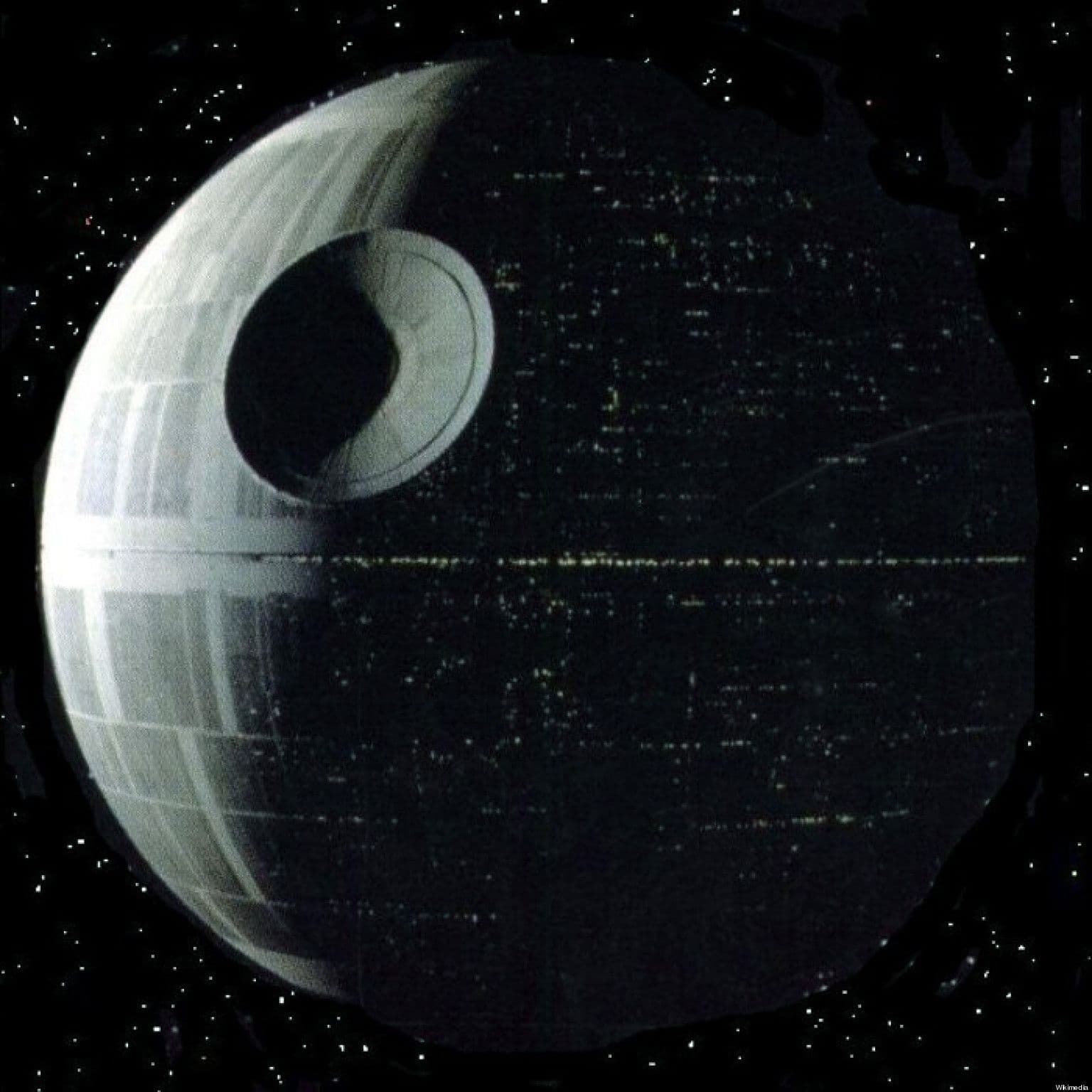
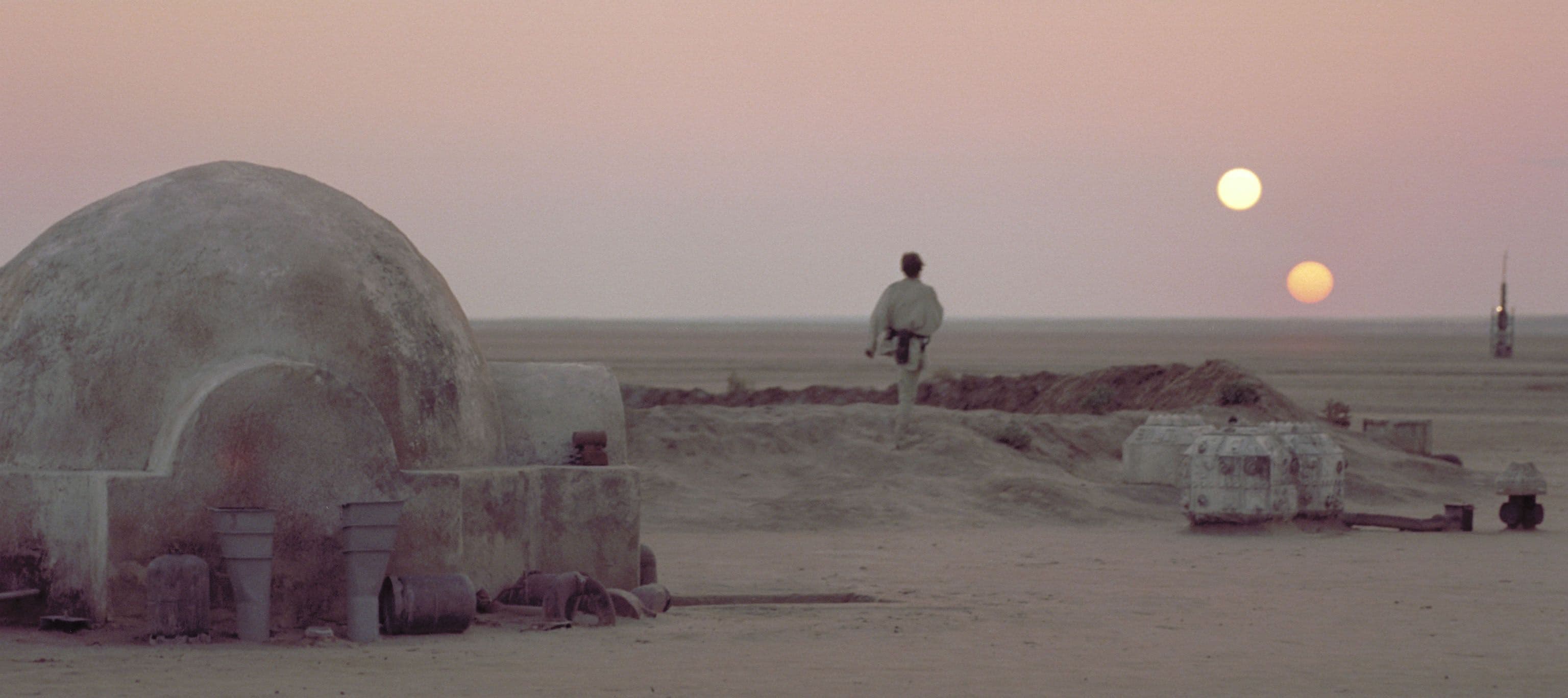

Comments
Loading comments...